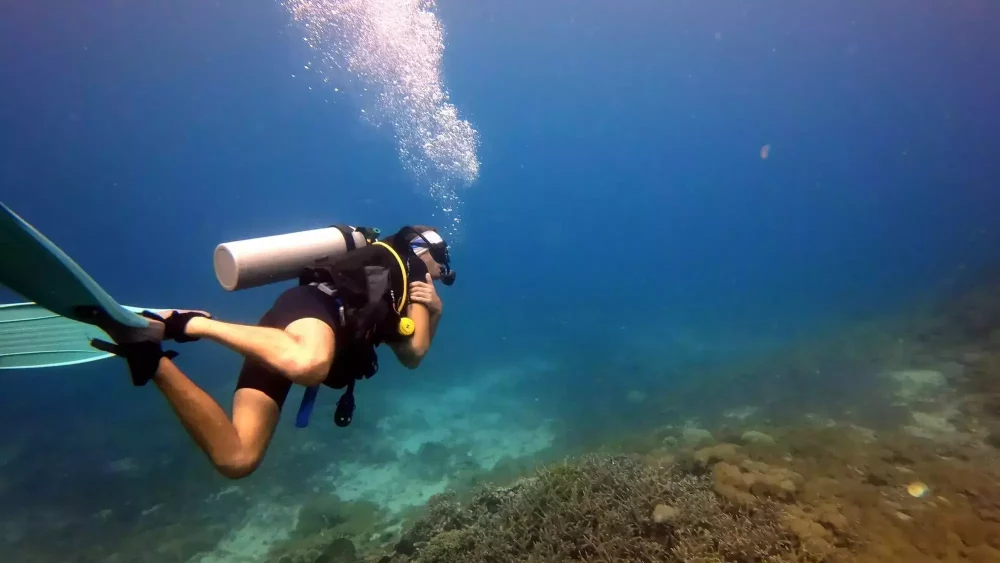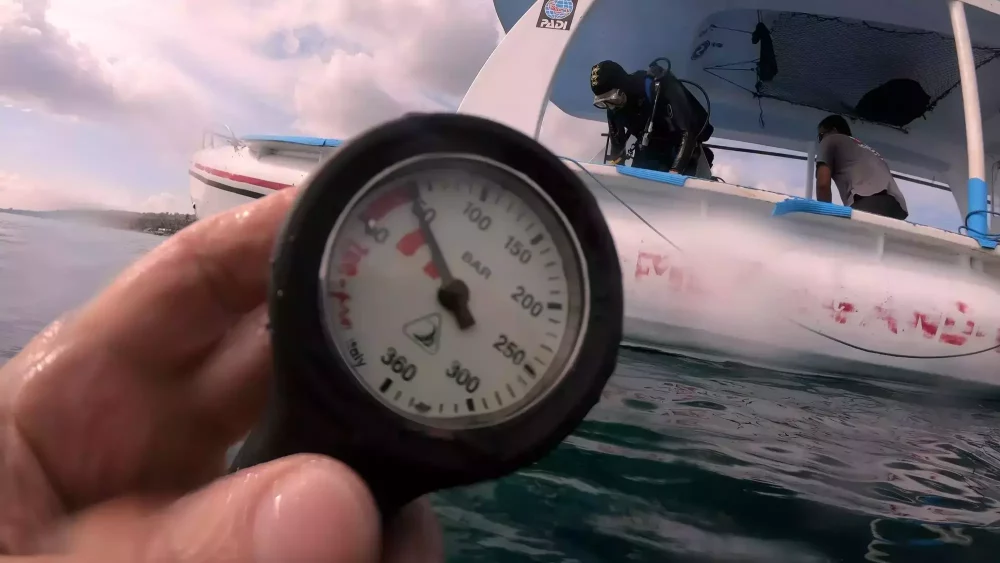Scuba diving is a captivating endeavor that allows us to explore the mesmerizing underwater world. However, beneath the surface, there’s a complex interplay of science that every diver should understand to ensure their safety and enjoyment. At the heart of this understanding is Boyle’s Law, one of the fundamental gas laws governing the scuba diving experience. In this comprehensive article, we’ll take a deep dive into Boyle’s Law, exploring its principles, implications for divers, and its significance in ensuring safe and enjoyable underwater adventures.
Understanding Boyle’s Law
Boyle’s Law, named after the Irish physicist Robert Boyle, is a fundamental principle of gas behavior. It describes the relationship between the pressure and volume of a gas at a constant temperature. In simple terms, Boyle’s Law states that when the temperature remains constant, the pressure and volume of a gas are inversely proportional. This means that if you increase the pressure on a gas (by, for example, reducing the volume it occupies), its volume will decrease, and vice versa.
Mathematically, Boyle’s Law can be expressed as:
P1V1 = P2V2
Where:
- P1 is the initial pressure of the gas
- V1 is the initial volume of the gas
- P2 is the final pressure of the gas
- V2 is the final volume of the gas
In the context of scuba diving, this law is highly relevant because it explains the behavior of the gas in your tank as you descend and ascend in the water. Let’s delve deeper into the implications of Boyle’s Law for divers.
Boyle’s Law and Scuba Diving
- Descending: As a scuba diver descends underwater, the surrounding water exerts greater pressure on the diver’s body and equipment. This increased pressure also affects the gas in the diver’s tank. According to Boyle’s Law, as the pressure on the gas increases, its volume decreases. In practical terms, this means that the air in the diver’s tank is compressed as they go deeper. This compression of air results in a reduction in the volume of the gas.
- Buoyancy Control: Understanding Boyle’s Law is essential for buoyancy control, a critical skill for divers. As the air in the buoyancy control device (BCD) or drysuit is compressed during descent, its volume decreases, making the diver less buoyant. To maintain the desired depth and buoyancy, divers need to add air to their BCD to compensate for the decrease in volume. Failure to do so can lead to uncontrolled descents or ascending unintentionally.
- Equalizing: Boyle’s Law also plays a role in the need for equalization, especially in the ear and sinus areas. As you descend, the increased pressure on the external ear and sinus cavities can cause discomfort or even injury due to pressure imbalances. Equalization techniques, such as swallowing or pinching the nose and blowing gently, help adjust the pressure in these areas to match the external pressure, mitigating the risk of barotrauma.
The Implications of Boyle’s Law for Divers
Boyle’s Law has significant implications for scuba divers, and understanding these is vital for safe and enjoyable diving experiences:
- Safe Descents: Divers must descend gradually to allow their bodies and equipment to adjust to the changing pressure. Rapid descents can lead to issues like ear barotrauma or uncontrolled buoyancy changes due to the rapid compression of the gas in the BCD.
- Buoyancy Control: Proper buoyancy control is essential to maintain a consistent depth during the dive. Divers should add or release air from their BCD as needed to counteract the effects of Boyle’s Law and changes in volume due to depth.
- Equalization: Regular equalization during descent is crucial to avoid pressure-related ear and sinus injuries. Divers should practice equalization techniques early and often to ensure their ears and sinuses are comfortable and safe.
- Planning and Monitoring: Divers should plan their dives with Boyle’s Law in mind. They need to monitor their depth, ascent rates, and air supply to avoid exceeding safe limits and to prevent conditions like decompression sickness.
Conclusion
Boyle’s Law is a fundamental concept in the science of scuba diving. Understanding how changes in pressure affect the volume of gases in your tank, BCD, and body is essential for safe, enjoyable, and controlled diving experiences. Divers who grasp the principles of Boyle’s Law can navigate the underwater world with confidence, ensuring that they are not only exploring the depths but doing so with a deep understanding of the science that underpins their adventures.

